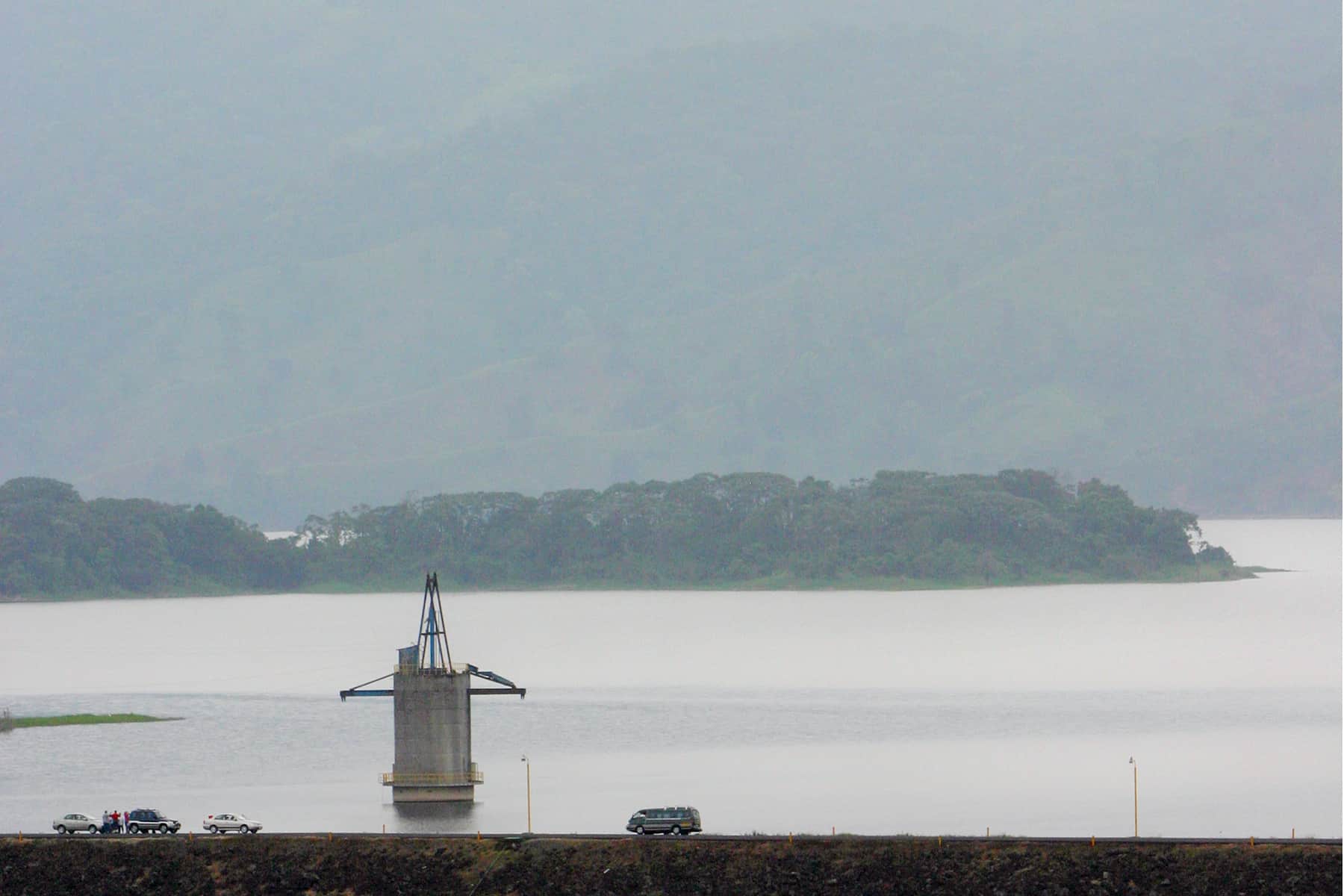The Public Services Regulatory Authority (ARESEP) asked the Costa Rican Electricity Institute (ICE) to outline a plan to sell its electricity surplus to Central America’s Regional Electricity Market starting as soon as this month and up until December 2016.
According to ARESEP, selling that surplus — produced mostly by hydroelectric plants — to the regional market would generate profits and allow it to lower electricity rates in Costa Rica.
The country currently has a surplus of potential energy-generating water in reservoirs like Arenal, in Guanacaste. Water from the reservoir runs the country’s largest hydroelectric plant.
Water levels at Arenal reached five meters above ICE’s prediction for the first quarter of this year.
ARESEP experts say ICE will likely have to discharge excess water from the reservoir in coming months when the new Reventazón hydroelectric plant launches operations. They say ICE should sell the surplus electricity to other Central American countries.
The Tico Times sought ICE’s opinion on the recommendation but didn’t receive a response by close of business on Thursday.
Last year, Costa Rica exported its surplus electricity to other countries in the region and earned a profit of some $3.6 million, ARESEP reported.
“That is why we expect a positive response from ICE, considering that this is an opportunity to lower electricity rates and also benefit users,” ARESEP Energy Manager Juan Quesada Espinoza said.
According to ARESEP, Costa Rica’s participation last year in the regional electricity market allowed the country to save some $44 million in lower rates, mostly due to a 21 percent decrease in spending on fuel for thermal generation.
Ronald Jiménez Lara, president of the Costa Rican Union of Private-Sector Chambers and Associations, said Wednesday that his members fully support ARESEP’s request to ICE.
“According to the chambers’ calculations, the Arenal plant is capable of producing additional electricity of up to 500 gigawatts per hour above ICE’s current estimates. That energy in the Central American market would be worth some $50 million,” Jiménez said.
The business leader said lower electricity costs would benefit families as well as firms.
Several companies in recent years have moved their operations out of Costa Rica, citing high electricity costs among their main reasons.
Historically, Costa Rica has met 95 percent of its electricity needs with renewable energy. Last month ICE reported that all electricity used during the first 75 days of this year came from renewable sources.






